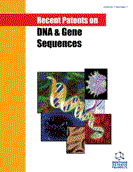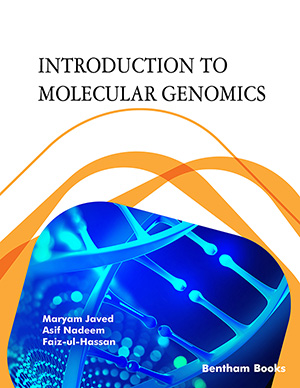Abstract
Agrobacterium has been widely used, in the last decades, for genetic transformation of a large number of plant species, and the genes and DNA sequences involved in this process have been subject of numerous patents. This review focuses on recent discoveries, which have shown new possibilities for the utilizations of this versatile microorganism. For example, the identification of an ever-increasing number of the bacterial and plant factors involved in the Agrobacteriummediated DNA transfer and integration may lead to new applications in various fields of research and biotechnology. One of the main challenges in the Agrobacterium-mediated gene transfer technology is to achieve a better control of the integration and expression of transferred genes in the host cells and to apply it for targeted integration into the host genome or gene replacement (a technique not yet available in plants). In addition to genetic transformation of plants, under laboratory conditions, the host range of Agrobacterium can be extended to virtually all eukaryotic species, as demonstrated for various fungi, sea urchins, and animal cells. Not only can Agrobacterium transfer DNA to these very diverse hosts, but also its virulence machinery is able to inject proteins into the host cell, independently of the DNA transfer. Thus, Agrobacterium represents a universal gene and protein transfer machine.
Keywords: Agrobacterium, Agrobacterium tumefaciens, genetic transformation, Agrobacterium-mediated DNA transfer, Agrobacterium-mediated gene transfer technology, T-DNA integration, Gene targeting, VirB/VirD4 channel, VirB/D4 T4SS, DNA integration
 4
4











